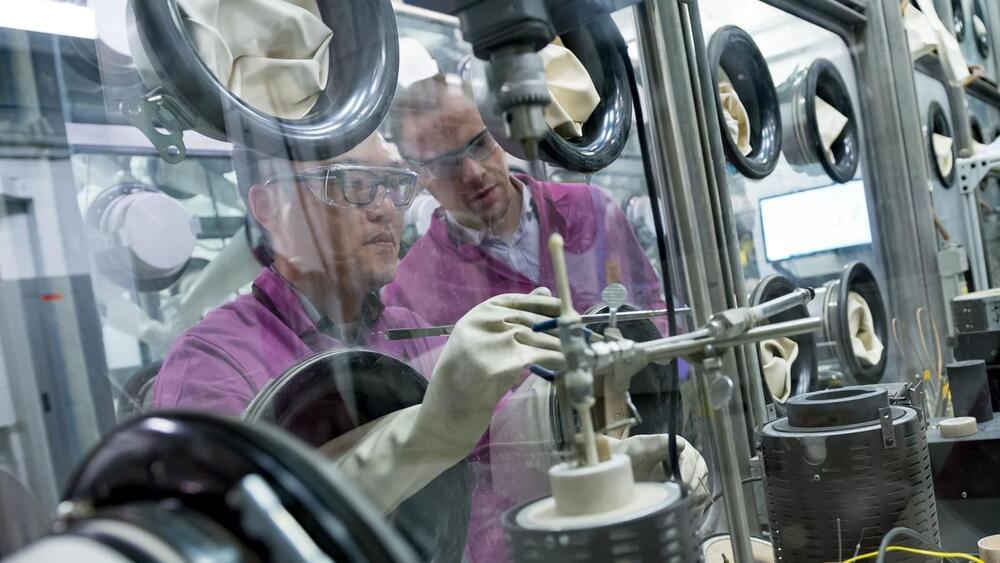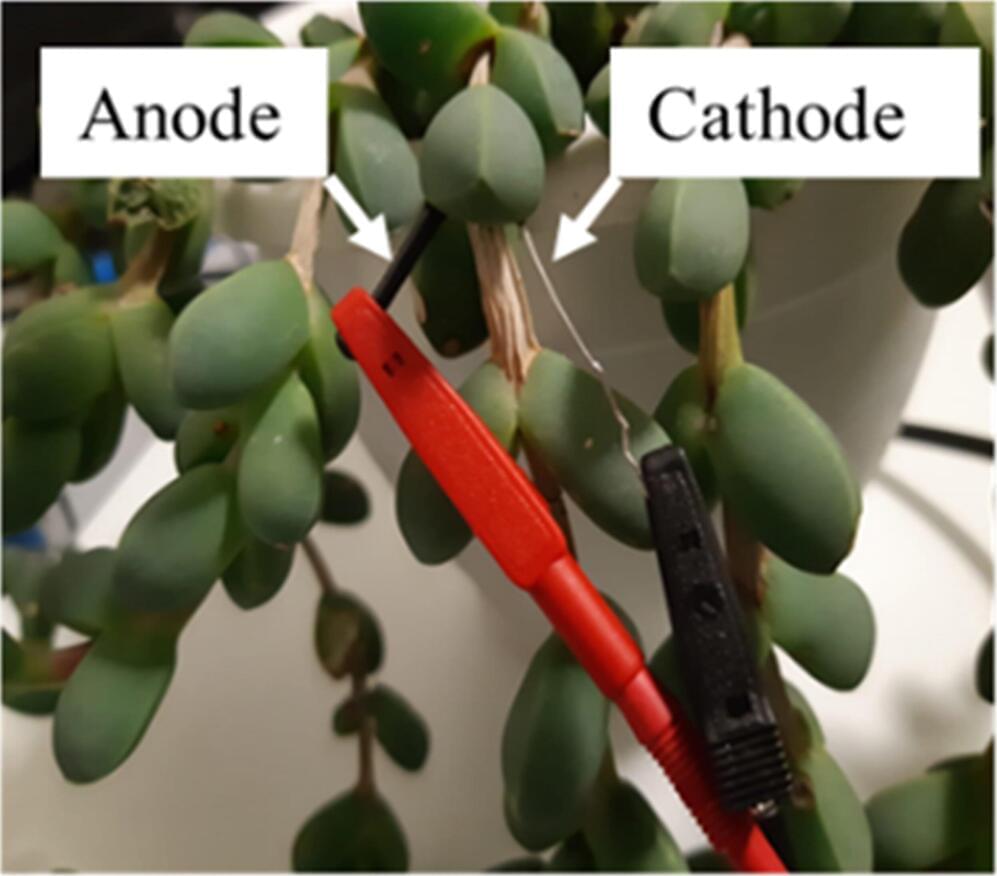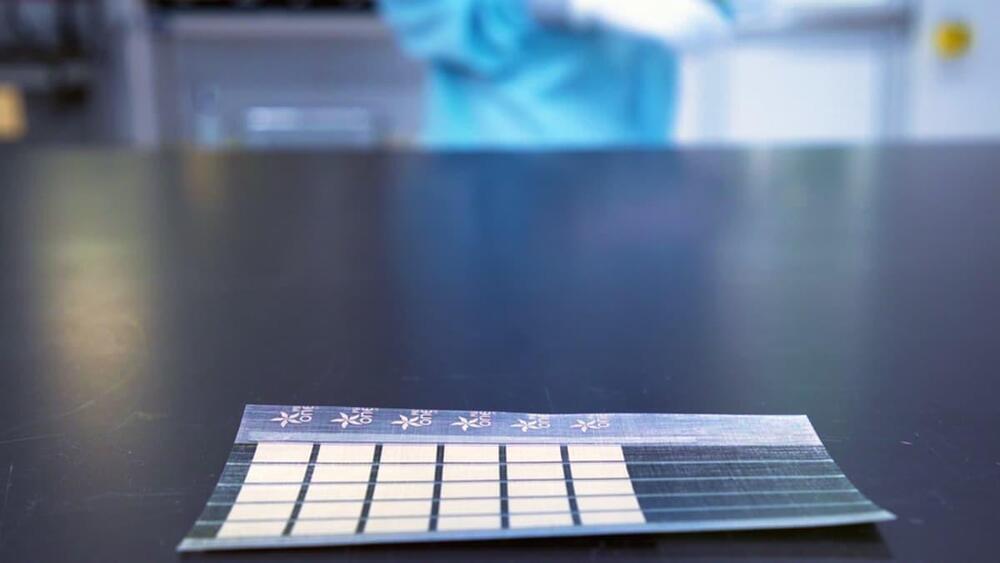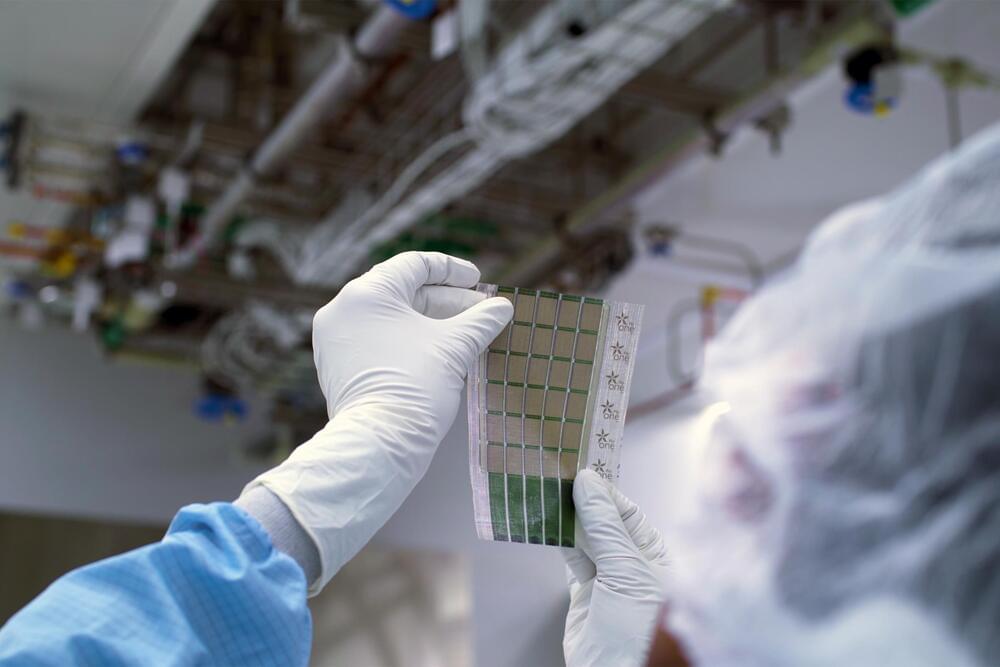Technology developed at Argonne can help narrow the field of candidates for molten salts, a new study demonstrates.
Scientists are searching for new materials to advance the next generation of nuclear power plants. In a recent study, researchers at the U.S. Department of Energy’s (DOE) Argonne National Laboratory showed how artificial intelligence could help pinpoint the right types of molten salts, a key component for advanced nuclear reactors.
The ability to absorb and store heat makes molten salt important to clean energy and national climate goals. Molten salts can serve as both coolant and fuel in nuclear power reactors that generate electricity without emitting greenhouse gases. They can also store large amounts of energy, which is increasingly needed on an electric grid with fluctuating sources such as wind and solar power.






